S-Adenosylmethionine (SAM)—also known as SAMe—is a vital methyl donor molecule that supports hundreds of biochemical reactions throughout the body. Formed from the amino acid methionine and ATP, SAM plays an essential role in methylation, the process of transferring methyl groups (-CH3) to other molecules. This seemingly small chemical action regulates gene expression, neurotransmitter balance, detoxification, energy metabolism, and cell membrane integrity.
On the Neurotransmitter XL panel, SAM is a key marker for assessing methylation capacity, neurotransmitter metabolism, and cellular energy regulation. Balanced SAM levels ensure efficient breakdown and recycling of neurotransmitters like dopamine, noradrenaline, and adrenaline, as well as proper support of the BH4 (tetrahydrobiopterin) cycle—an essential cofactor system for serotonin and catecholamine synthesis.
SAM is synthesized in the liver through the methionine cycle, in which the amino acid methionine reacts with adenosine triphosphate (ATP) to form S-adenosylmethionine. SAM then serves as the body’s primary methyl group donor, passing methyl groups to more than 100 substrates including:
DNA and RNA (epigenetic regulation)
Phospholipids (membrane fluidity)
Hormones and neurotransmitters (synthesis and degradation)
Creatine and carnitine (energy metabolism)
Catecholamines (dopamine, noradrenaline, adrenaline)
After donating its methyl group, SAM becomes S-adenosylhomocysteine (SAH), which is later converted back into homocysteine. This reaction is tightly linked to the availability of B vitamins—especially folate (B9), vitamin B12, and B6—that recycle homocysteine into methionine, allowing continuous SAM production.
The SAM/SAH ratio, often measured on the Neurotransmitter XL panel, reflects the body’s overall methylation capacity:
A high ratio indicates efficient methylation and detoxification.
A low ratio suggests methylation slowdown, often due to nutrient deficiencies, oxidative stress, or metabolic overload.
SAM directly affects neurotransmitter activity through several key pathways:
SAM acts as a cofactor for the enzyme catechol-O-methyltransferase (COMT), which breaks down dopamine and noradrenaline.
Proper methylation ensures healthy neurotransmitter turnover—preventing both excess buildup and depletion.
Low SAM levels slow dopamine breakdown, leading to overstimulation and oxidative stress; high SAM ensures smooth neurotransmitter recycling.
SAM supports the regeneration of BH4 (tetrahydrobiopterin), a cofactor needed for serotonin and dopamine synthesis.
When methylation is impaired and SAM levels drop, BH4 oxidizes, reducing serotonin and catecholamine production.
SAM donates methyl groups to convert phosphatidylethanolamine into phosphatidylcholine, maintaining neuronal membrane integrity and neurotransmitter receptor sensitivity.
Balanced SAM levels are essential for:
Stable mood and focus (supports serotonin, dopamine, and noradrenaline synthesis and breakdown)
Detoxification (methylation of hormones, toxins, and drugs)
Mitochondrial function and ATP production (supports NAD+ regeneration and energy transfer)
DNA methylation and repair (epigenetic regulation of gene expression)
Liver health (prevents fatty liver and supports glutathione synthesis)
Low SAM levels can manifest as depressed mood, fatigue, brain fog, poor stress tolerance, and neurotransmitter imbalances, while excess SAM may indicate nutrient imbalance or slowed clearance of methyl donors.
SAM synthesis depends heavily on folate (B9), vitamin B12, and vitamin B6. Deficiency in any of these can interrupt the methionine cycle, reducing SAM availability. Elevated homocysteine or low methionine often accompanies low SAM in these cases.
Reactive oxygen species (ROS) and chronic inflammation impair methylation enzymes and deplete BH4, indirectly reducing SAM efficiency. Elevated neopterin levels on the Neurotransmitter XL panel indicate this type of immune-driven depletion.
Since methionine is the amino acid precursor to SAM, low protein intake or vegan diets lacking methionine-rich foods (such as eggs, fish, or legumes) can reduce SAM formation.
Genetic variants in MTHFR, MTR, or COMT genes can alter methylation efficiency, affecting SAM levels. In such cases, SAM turnover may be excessive or impaired, depending on the specific variant.
SAM production is ATP-dependent. Impaired mitochondrial energy generation—often seen in chronic fatigue or stress—can therefore lower SAM availability, reducing the body’s methylation and detoxification capacity.
Because SAM touches nearly every metabolic system, symptoms of low levels are wide-ranging:
Low mood or depression (especially with low serotonin or dopamine)
Fatigue and mental fog
Low motivation or apathy
Increased stress sensitivity
Insomnia or poor sleep regulation
Difficulty detoxifying caffeine, alcohol, or medications
Elevated homocysteine
Sluggish liver function or digestive complaints
Low SAM often coexists with low BH4, NAD+, or B-vitamin markers, indicating global methylation slowdown and reduced cellular energy turnover.
| Related Marker | Interpretation Insight |
|---|---|
| SAH (S-Adenosylhomocysteine) | High SAH with low SAM indicates methylation blockage or B-vitamin deficiency. |
| SAM/SAH Ratio | A low ratio reflects poor methylation efficiency; a high ratio suggests adequate methylation capacity. |
| Methylmalonic Acid | Elevated levels indicate vitamin B12 deficiency, impairing methionine recycling. |
| Cystathionine | Elevated levels can reflect vitamin B6 deficiency, slowing homocysteine clearance. |
| Neopterin | Elevated levels signal immune activation and BH4 depletion, reducing SAM effectiveness. |
| Dopamine / Noradrenaline / Adrenaline | Altered neurotransmitter breakdown patterns reflect methylation-dependent COMT activity. |
Analyzing SAM within this broader biochemical context helps identify whether low levels arise from nutrient insufficiency, inflammation, mitochondrial stress, or genetic methylation variants.
Low SAM levels can contribute to:
Neurotransmitter imbalance (dopamine, serotonin, and noradrenaline)
Depression and anxiety (common in methylation deficiency states)
Fatigue and cognitive decline
Elevated homocysteine and cardiovascular risk
Hormonal imbalance (due to poor detoxification of estrogens and cortisol)
Liver and metabolic dysfunction
Impaired DNA repair and cellular aging
Chronic methylation impairment can lead to both neurochemical and metabolic fatigue, affecting mood stability, energy, and detoxification pathways.
Vitamin B12 (methylcobalamin)
Folate (5-MTHF form)
Vitamin B6 (P5P form)
Riboflavin (B2)
Magnesium and zinc for enzyme support
Include methionine-rich foods such as fish, eggs, poultry, and legumes.
Supplement with trimethylglycine (TMG or betaine) to enhance homocysteine recycling.
Use antioxidants (vitamin C, NAC, alpha-lipoic acid, CoQ10) to preserve BH4 and methylation integrity.
Address chronic inflammation or immune activation that depletes methyl donors.
Maintain optimal ATP generation with nutrients like B-vitamins, L-carnitine, CoQ10, and NAD+ precursors.
Manage chronic fatigue and overtraining, which increase SAM demand.
Under medical guidance, SAMe supplementation (typically 200–800 mg/day) may help restore methylation balance, improve mood, and support detoxification, especially when combined with adequate B-vitamin cofactors.
S-Adenosylmethionine (SAM) is the body’s master methyl donor—crucial for maintaining neurotransmitter balance, mood stability, and cellular detoxification. Low SAM levels often reflect methylation inefficiency, B-vitamin deficiency, or chronic oxidative and inflammatory stress.
Interpreting SAM alongside SAH, methylmalonic acid, cystathionine, neopterin, and catecholamines on the Neurotransmitter XL panel provides a comprehensive picture of methylation health, neurotransmitter metabolism, and cellular energy status.
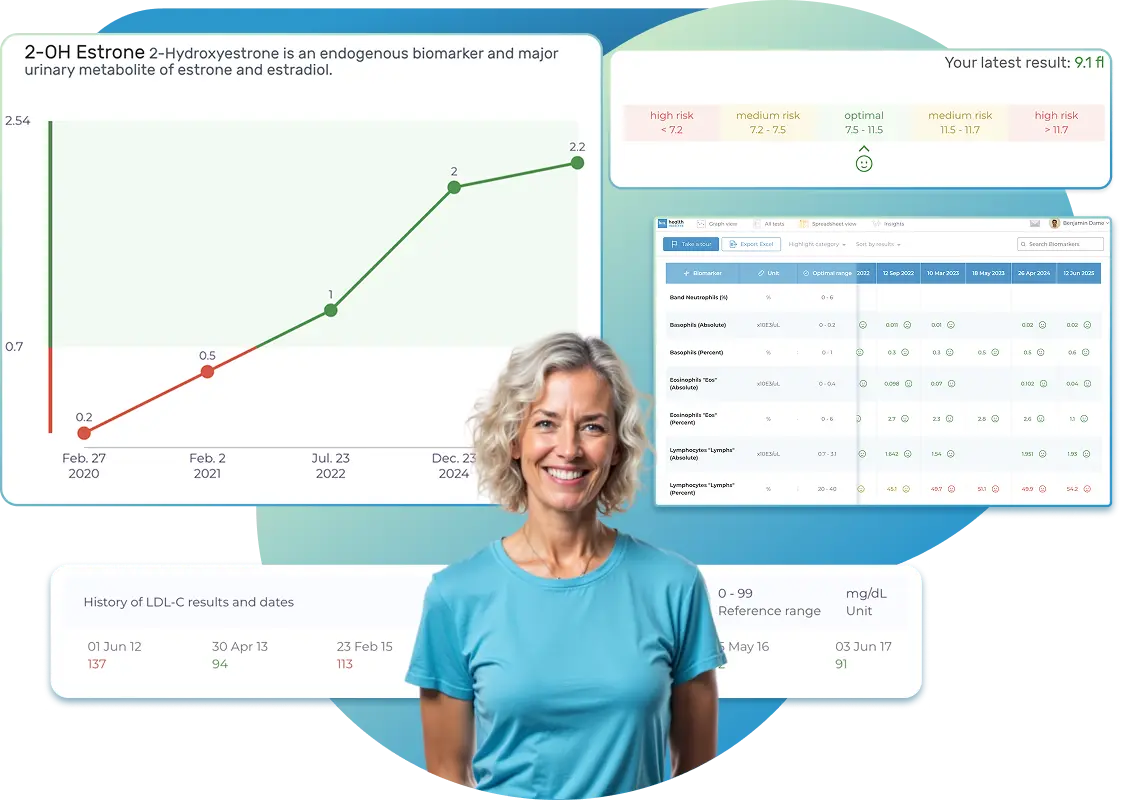
Import lab results from multiple providers, track changes over time, customize your reference ranges, and get clear explanations for each result. Everything is stored securely, exportable in one organized file, and shareable with your doctor—or anyone you choose.
Cancel or upgrade anytime
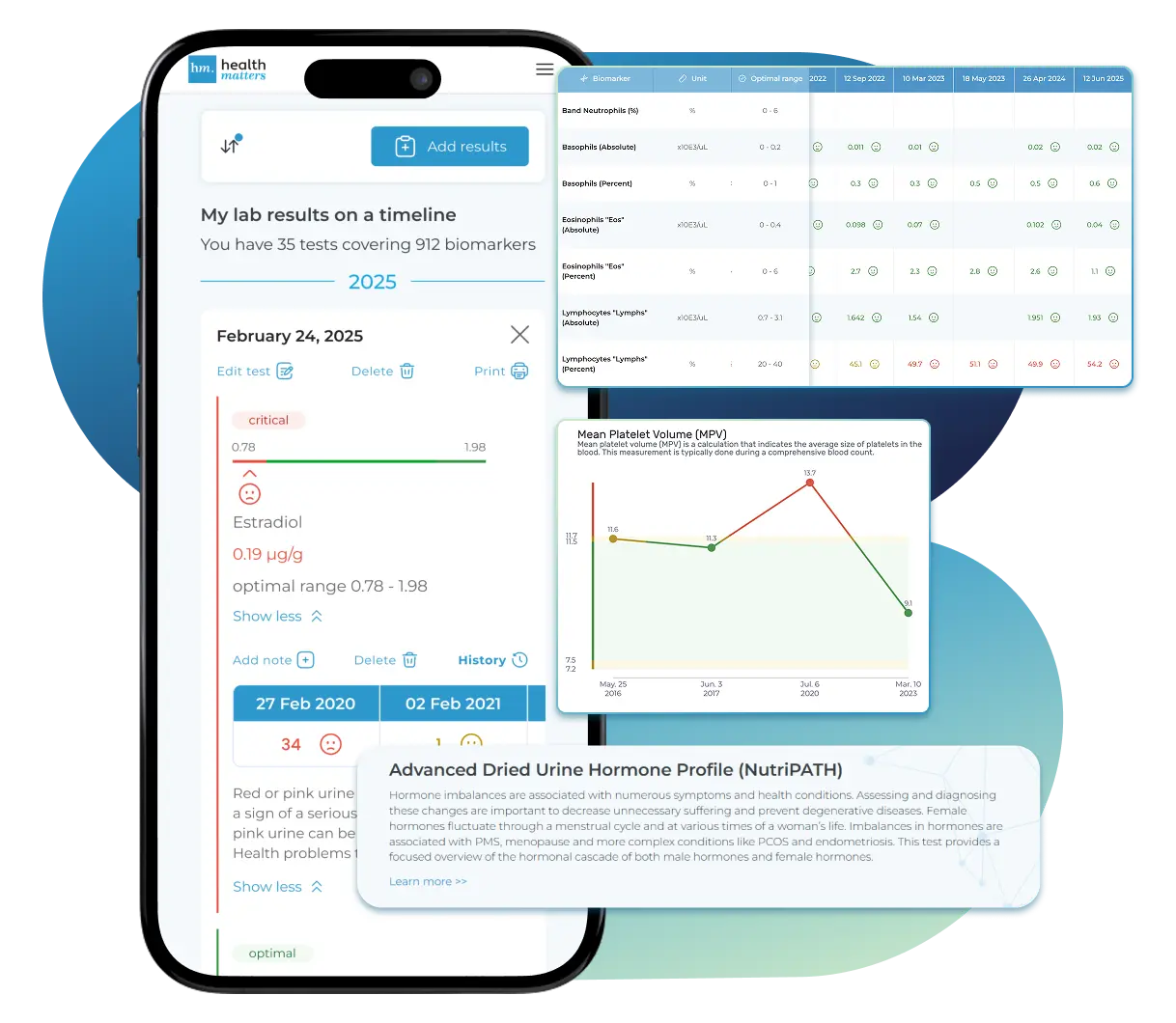
A low level of S-Adenosylmethionine (SAM) on the Neurotransmitter XL panel suggests a methylation deficit—meaning the body’s ability to transfer methyl groups (-CH3) to other molecules is reduced. Because SAM is the body’s primary methyl donor, low levels affect a wide range of biological systems, including neurotransmitter balance, DNA regulation, detoxification, hormone metabolism, and energy production.
SAM is produced from the amino acid methionine and ATP, and its regeneration depends on folate (vitamin B9), vitamin B12, and vitamin B6. When SAM is low, the downstream effects often include reduced dopamine and serotonin turnover, fatigue, low mood, and impaired stress tolerance. In clinical terms, low SAM is a sign that the methylation and energy systems are under strain, either due to nutrient deficiency, oxidative stress, or chronic inflammation.
In healthy metabolism, SAM donates methyl groups to hundreds of reactions, supporting:
Neurotransmitter synthesis and breakdown (dopamine, noradrenaline, serotonin)
BH4 (tetrahydrobiopterin) regeneration, crucial for serotonin and catecholamine synthesis
DNA methylation, which regulates gene expression and cellular repair
Phosphatidylcholine formation, maintaining cell membrane structure
Detoxification of hormones, estrogens, and xenobiotics in the liver
When SAM levels drop, methylation slows, leading to biochemical bottlenecks in neurotransmitter metabolism, energy generation, and detoxification pathways. Low SAM also weakens COMT enzyme activity, which depends on methyl donors to break down catecholamines, potentially resulting in an imbalance between neurotransmitter production and clearance.
Low SAM often stems from inadequate intake or utilization of folate (B9), vitamin B12, or vitamin B6—the key cofactors that recycle homocysteine back into methionine, allowing new SAM formation.
Low folate or B12 impairs methionine synthase activity, reducing SAM regeneration.
B6 deficiency slows the transsulfuration pathway, further disrupting methylation balance.
Elevated homocysteine or methylmalonic acid on lab results often confirms this pattern.
High oxidative stress damages methylation enzymes and depletes BH4, indirectly reducing SAM activity.
Markers such as elevated neopterin or low BH4 on the Neurotransmitter XL panel suggest that inflammation-driven oxidation is compromising SAM efficiency. This mechanism is common in chronic stress, infection, autoimmune conditions, and overtraining.
SAM synthesis begins with the amino acid methionine, so inadequate dietary protein—or vegan and vegetarian diets low in methionine-rich foods (fish, eggs, legumes, and nuts)—can reduce precursor availability. Malabsorption syndromes, such as celiac disease or gut inflammation, can have a similar effect.
Because SAM synthesis requires ATP, mitochondrial dysfunction or low cellular energy availability directly impairs methylation.
In such cases, NAD+, CoQ10, and carnitine status should also be evaluated, as they support the energetic foundation for methylation.
Certain genetic variants can slow key steps in methylation:
MTHFR C677T/A1298C reduces the conversion of folate into its active form (5-MTHF).
MTR and MTRR variants impair B12 recycling and methionine synthesis.
COMT variants alter dopamine metabolism, increasing demand for methyl donors and depleting SAM faster.
Individuals with these polymorphisms are more vulnerable to methylation inefficiency, especially under oxidative or nutrient stress.
Because SAM influences so many systems, its deficiency can manifest as both neurochemical and systemic symptoms:
Neurological and Emotional Symptoms:
Depressed mood, low motivation, or emotional flatness
Brain fog, poor memory, or slow cognition
Anxiety or poor stress tolerance
Fatigue and apathy (“can’t get going” feeling)
Sleep disruption or non-restorative rest
Metabolic and Systemic Symptoms:
Elevated homocysteine
Hormonal imbalance (especially estrogen dominance)
Slow detoxification of medications or alcohol
Liver sluggishness or fat accumulation
Reduced resilience to inflammation and oxidative stress
Low SAM states are often associated with low serotonin and dopamine output, leading to reduced mood stability and drive, as well as impaired energy metabolism due to methylation-dependent enzyme dysfunction.
| Related Marker | Interpretation Insight |
|---|---|
| SAH (S-Adenosylhomocysteine) | High SAH with low SAM indicates methylation inhibition, often from B-vitamin deficiency or oxidative stress. |
| SAM/SAH Ratio | A low ratio confirms slowed methylation capacity. |
| Homocysteine | Elevated levels signal poor methionine recycling and low SAM synthesis. |
| Methylmalonic Acid | Elevated levels indicate B12 deficiency affecting methylation. |
| Cystathionine | High levels suggest B6 deficiency impeding the transsulfuration pathway. |
| Neopterin | Elevated neopterin reflects immune activation that consumes BH4 and reduces SAM efficiency. |
| BH4 / Dopamine / Serotonin | Low BH4 and neurotransmitter levels confirm reduced methylation support for neurotransmitter synthesis. |
These relationships clarify whether SAM depletion is primarily driven by nutrient insufficiency, inflammation, energy deficits, or genetic predisposition.
Persistently low SAM levels can contribute to a range of clinical issues:
Depression or anxiety, due to reduced serotonin and dopamine methylation balance
Chronic fatigue and poor focus, from mitochondrial and neurotransmitter slowdown
Elevated homocysteine, increasing cardiovascular risk
Impaired detoxification, causing hormonal imbalance and toxin accumulation
Poor DNA repair, accelerating oxidative aging
Liver dysfunction or fatty liver, due to impaired methylation of phospholipids and lipids
Over time, inadequate SAM availability affects both neurological performance and cellular repair, contributing to cognitive and metabolic decline.
Folate (5-MTHF) – active methyl donor form
Vitamin B12 (methylcobalamin or adenosylcobalamin)
Vitamin B6 (P5P)
Riboflavin (B2) – supports MTHFR activity
Magnesium and zinc – essential enzyme cofactors
Consume foods rich in methyl donors and precursors:
Eggs, fish, chicken, turkey, lentils, and sunflower seeds
Choline (from eggs, soy, and lecithin) and betaine (TMG) to enhance SAM regeneration.
Boost ATP production with CoQ10, NAD+, L-carnitine, and alpha-lipoic acid.
Address overtraining and chronic fatigue that lower energy for methylation.
Manage chronic stress, infections, or autoimmune triggers.
Use antioxidants (vitamin C, NAC, glutathione, and resveratrol) to protect BH4 and SAM.
Under professional supervision, SAMe supplements (200–800 mg/day) can help restore methylation, support mood, and normalize neurotransmitter metabolism—particularly when combined with adequate B-vitamin cofactors.
Low SAM levels reflect impaired methylation and reduced cellular energy availability, often caused by B-vitamin deficiencies, oxidative stress, or chronic inflammation. Because SAM governs both neurotransmitter metabolism and gene regulation, its depletion can manifest as low mood, fatigue, hormonal imbalance, and reduced detoxification capacity.
Interpreting SAM alongside SAH, homocysteine, methylmalonic acid, neopterin, and BH4 on the Neurotransmitter XL panel provides a detailed understanding of where the methylation cycle is breaking down.
Laboratories
We accept reports from any lab, so you can easily collect and organize all your health information in one secure spot.

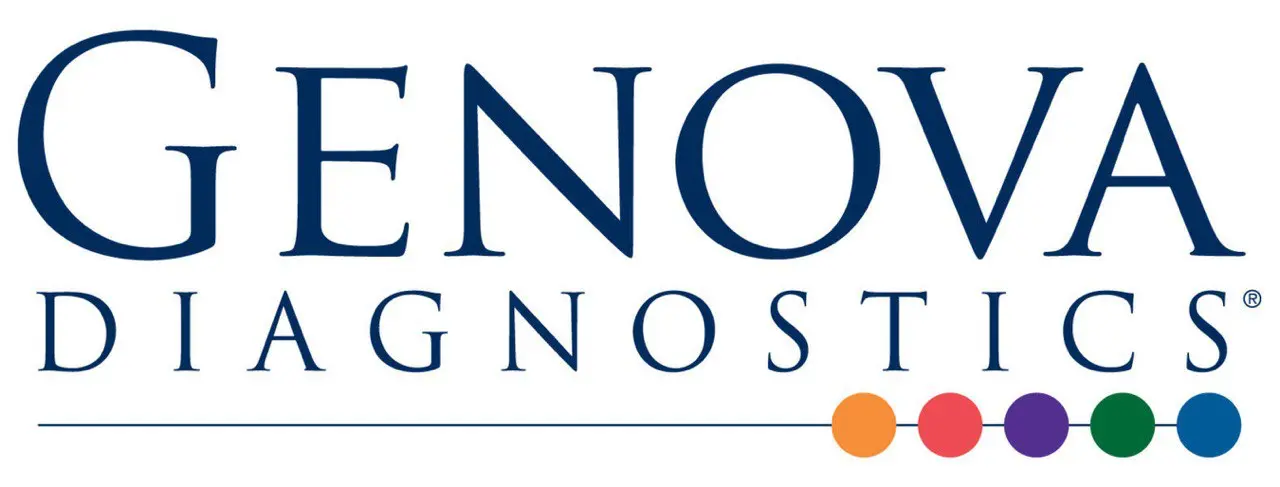
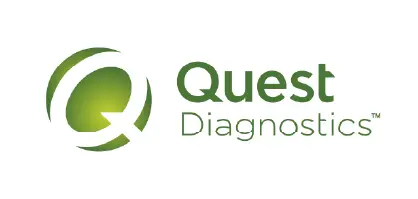

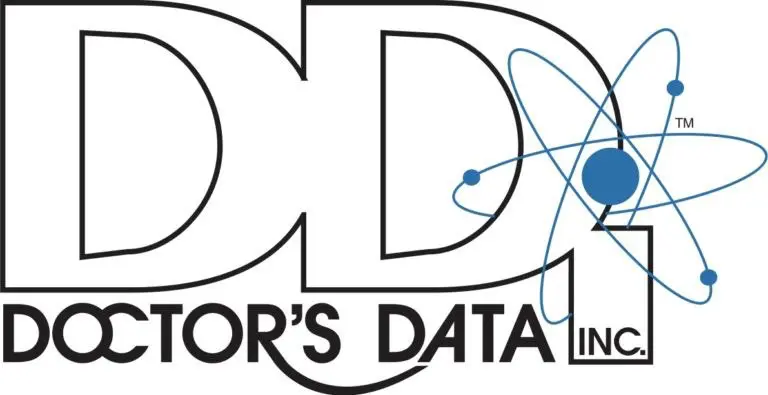





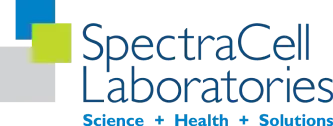
Pricing Table
Choose the plan that fits you — and turn scattered lab reports into clear insights you can finally use.
Pick a plan that fits you — and turn scattered lab reports into clarity.
Personal plans
Professional plan
$15/ month
Access your lab reports, explanations, and tracking tools.
$250/ once
Pay once, access everything—no monthly fees, no limits.
Professional plan
$45/ month
Designed for professionals managing their clients' lab reports
About membership
 Import Lab Results from Any Source
Import Lab Results from Any Source
Easily upload lab results from any provider, whether it's a hospital, independent lab, or home testing service. We support PDFs, scanned documents, and JPEGs from patient portals. No need to log in to multiple platforms — everything is centralized in one secure space.
Easily upload lab results from any provider — we support PDFs, scans, and images. Keep all your reports organized in one secure place.
 See Your Health Timeline
See Your Health Timeline
Every lab result is automatically organized on a chronological timeline, giving you a complete picture of your health journey. Whether you're tracking a condition, managing treatments, or staying proactive, the timeline helps you and your doctor understand how things progress over time.
Every lab result is automatically organized on a chronological timeline, giving you a complete picture of your health journey.
 Understand What Your Results Mean
Understand What Your Results Mean
Whether it's a blood test, GI panel, urinalysis, or something else, lab reports measure numerous biomarkers that reveal what's happening inside your body. Our extensive database covers over 10,000 biomarkers, providing clear, simple explanations of what each result means and how you can take action—no matter your membership level. Say goodbye to confusion and get the insights you need to better understand your health.
Our database covers over 10,000 biomarkers with clear, simple explanations—so you can finally understand your results and what to do next.
 Enter Your Lab Reports Yourself — Always Free
Enter Your Lab Reports — Always Free
Enter Your Lab Reports Yourself — Always Free
Enter Your Lab Reports — Always Free
If you'd like to handle inputting your health data into your account, you can do so with our easy-to-use data entry forms. Our user-friendly form is designed to guide you through the quick and easy submission process, making it simple to keep track of your health metrics. This is available to both Complete plan and Unlimited plan members.
Our user-friendly form guides you through a quick, simple submission process, making it easy to enter your health metrics.
Add your results anytime with our easy entry form. It's quick, guided, and helps you stay organized — free for all members.
 Visualize Your Results
Visualize Your Results
View your lab data through easy-to-read graphs and tables. Quickly spot patterns, track changes, and compare results across different dates — all without digging through multiple reports. You can also select and compare graphs of specific biomarkers side-by-side to better understand how they relate and change over time.
See your lab reports in clear graphs and tables. Spot patterns, track changes, and compare results over time — all in one place.
 Export Your Complete Lab History in a Single File
Export Your Complete Lab History
Export Your Complete Lab History in a Single File
Export Your Complete Lab History
After collecting lab results from different providers, you can download your entire history combined into a single file. Choose from PDF, Excel, or CSV formats to easily review, share, or get a second opinion—no more juggling multiple reports.
After collecting lab results from different providers, you can download your entire history combined into a single file.
 Comprehensive Data Entry Service for Your Reports
Data Entry Service for Your Reports
Comprehensive Data Entry Service for Your Reports
Data Entry Service for Your Reports
Our inclusive service handles the data entry for your lab reports. Just submit your information and we'll take care of the rest. Complete plan members receive one report entered for free, then $15 per report after that. Unlimited plan members receive ten report entries for free, then $15 per report after that.
Our inclusive service handles the data entry for your lab reports. Just submit your information and we'll take care of the rest.
 Securely Share With Anyone You Trust
Securely Share With Anyone You Trust
Whether you're working with a doctor, nutritionist, caregiver, or wellness coach, you can securely share your complete lab history by sending an invite link to anyone you trust. You have full control over who sees your information and for how long, ensuring your privacy and peace of mind at every step.
Share your full lab history with your doctor, nutritionist, or coach using a secure invite link.
Discover






I have been using Healthmatters.io since 2021. I travel all over the world and use different doctors and health facilities. This site has allowed me to consolidate all my various test results over 14 years in one place. And every doctor that I show this to has been impressed. Because with any health professional I talk to, I can pull up historical results in seconds. It is invaluable. Even going back to the same doctor, they usually do not have the historical results from their facility in a graph format. That has been very helpful.
Anthony
Unlimited Plan Member since 2021

What fantastic service and great, easy-to-follow layouts! I love your website; it makes it so helpful to see patterns in my health data. It's truly a pleasure to use. I only wish the NHS was as organized and quick as Healthmatters.io. You've set a new standard for health tracking!
Karin
Advanced Plan Member since 2020

As a PRO member and medical practitioner, Healthmatters.io has been an invaluable tool for tracking my clients' data. The layout is intuitive, making it easy to monitor trends and spot patterns over time. The ability to customize reports and charts helps me present information clearly to my clients, improving communication and outcomes. It's streamlined my workflow, saving me time and providing insights at a glance. Highly recommended for any practitioner looking for a comprehensive and user-friendly solution to track patient labs!
Paul
Healthmatters Pro Member since 2024
Healthmatters is a personal health dashboard that helps you organize and understand your lab results. It collects and displays your medical test data from any lab in one secure, easy-to-use platform.
With a Healthmatters account, you can:
Professionals can also analyze client data more efficiently and save time managing lab reports.
Healthmatters.io personal account provides in-depth research on 4000+ biomarkers, including information and suggestions for test panels such as, but not limited to:
You can combine all test reports inside your Healthmatters account and keep them in one place. It gives you an excellent overview of all your health data. Once you retest, you can add new results and compare them.
If you are still determining whether Healthmatters support your lab results, the rule is that if you can test it, you can upload it to Healthmatters.
While we work with many popular labs, we welcome reports from lots of other places too.
It's as simple as this: if you can get a test done, you can upload it to Healthmatters and we can interpret results from any lab out there. If laboratories can analyze it, we can interpret it.
If you're on the hunt for a specific biomarker, contact us and we'll add it to our database. Anything from blood, urine, saliva, or stool can be uploaded, understood, and tracked with your Healthmatters account.
The Complete Plan ($15/month) is perfect for individuals who want ongoing access to their health data. It includes unlimited lab imports, visual tracking, custom ranges, result explanations, full account exports, and secure sharing — all with a simple monthly subscription. You can cancel anytime and restart your plan whenever you're ready — your data will still be there waiting for you. You can also upgrade to the Unlimited Plan at any time, with the cost prorated based on what you've already paid.
The Unlimited Plan ($250 one-time) is also designed for individuals but offers lifetime access with no ongoing subscription. You'll get all the same features as the Complete Plan, plus a larger initial data entry allowance (10 reports), making it a great choice if you prefer a one-time payment and long-term use without monthly fees.
In short:
There are two ways to add your test reports to your Healthmatters account. One option is to input the data using the data entry forms. The other method is to utilize our "Data entry service."
Our data entry forms offer an easy, fast, and free way for you to input the reports yourself. Self-entry allows you to add an unlimited number of reports at no cost. We make the self-entry process user-friendly, providing dozens of templates that pre-populate the most popular laboratory panels and offering instant feedback on entered values.
For those who prefer assistance, we offer a "Data entry service" to help you input your data. Simply attach an image or file of your lab test results, and a qualified team member from our data entry team will add the results for you.
We support various file types, including PDFs, JPGs, or Excel. This service is particularly useful if you have many reports to upload or if you're too busy to handle the data entry yourself.
Our Data Entry Service is for when you don't want to manually type in your lab results yourself. You simply upload your report (PDF, image, or screenshot), and our trained team enters the information into your Healthmatters account for you — accurately and neatly organized, ready to view in graphs, tables, and timelines.
The $15 per report covers the time and care it takes for a real person to review your file, make sure each result is entered correctly, and double-check for accuracy. This ensures your health data is precise and easy to work with — without you having to spend the time doing it yourself.
Prefer to do it yourself? You can always use our free self-entry tool to add results manually — it just takes a bit more time and attention.
For users on the Complete monthly plan, the first report is entered free of charge, and each additional report incurs a fee of $15.
Unlimited account holders enjoy the entry of ten reports without charge. Subsequent reports are subject to a $15 fee per report.
Additionally, users on the Complete plan can upgrade to a yearly subscription from the account settings. The annual subscription includes a data entry service for five reports.
All professional accounts allow you to import and onboard an unlimited number of clients and their lab results. The distinction between professional plans lies solely in the data entry service.
The Pro Monthly Plus plan is priced at $75 per month and includes a data entry service for five reports each month. Additional reports can be self-entered at no extra cost or, if preferred, you can use our data entry service for an additional fee of $15 per report.
The Pro Monthly plan is priced at $45 per month and does not include a data entry service. Self-entry is free for an unlimited number of reports, and you can opt for the data entry service at a fee of $15 per report.
You also have the option to upgrade to higher monthly or to annual plans, which come with substantial discounts. All upgrades can be done directly from your account.
Simply log in and navigate to your account settings to cancel your subscription. Scroll down to locate the 'Cancel' button at the bottom of the page. Ensure you cancel at least one day before the renewal date to prevent any charges. Once cancellation is requested, the subscription remains active until the conclusion of the current billing cycle.
Our goal has been to make your Healthmatters account as intuitive as possible.
We've crafted multiple ways for you to navigate your data, whether you're glancing at a single report or delving into your historical test reports.
1. Graph View:Dive into a visual journey with our biomarker graphs, showcasing over 40 data points. Combining years of results unveils trends, empowering you to make informed decisions. Our visualization tools make it a breeze to compare and understand changes over time, even if your results are from different labs. A search function and filters simplify the exploration of extensive data, allowing you to focus on what needs attention.
2. All Tests ViewExplore neatly organized reports on a timeline, highlighting crucial details like dates, critical results, and lab/panel names. Each report opens up to reveal in-depth descriptions and additional recommendations for each biomarker. The history of previous results is just a click away, and you can download a comprehensive report for deeper insights. Color-coded and user-friendly, it's designed for easy reading, understanding, and navigation.
3. Table View:For a holistic view of all biomarkers side by side, our table view is your go-to. Results are neatly displayed in a categorized and dated table, ideal for those with an extensive test history. Utilize sorting, filters, and color-coding to enhance your analysis and gain extra insights.
Yes, you can download your information anytime. We offer two easy ways to export your lab data:
This makes it simple to save, back up, or share your health data whenever you need.
Yes, you can print your report. To do so, navigate to "All tests" and open the report you wish to print. You'll find a print button in the right corner of the report. Click on it, and your browser's print window will open. If you prefer to print in a bigger typeface, adjust the scale using the print window settings.
Yes, you can! We highly recommend activating Two-Factor Authentication (2FA) for your account. To do so, please navigate to the "Profile and Security" section of your account, where you will find instructions for activating 2FA.
Yes, you can. When entering values for the biomarker, you will see an "Edit Range" button. Click this button, and you'll have the option to enter a custom range.
A personal account is all about keeping your own lab test results in check. It's just for you and your personal use.
The professional account is designed for health professionals who wish to track and organize their clients' laboratory results.
To learn more about Healthmatters Pro, please refer to the professional page.
At HealthMatters, we're committed to maintaining the security and confidentiality of your personal information. We've put industry-leading security standards in place to help protect against the loss, misuse, or alteration of the information under our control. We use procedural, physical, and electronic security methods designed to prevent unauthorized people from getting access to this information. Our internal code of conduct adds additional privacy protection. All data is backed up multiple times a day and encrypted using SSL certificates. See our Privacy Policy for more details.

